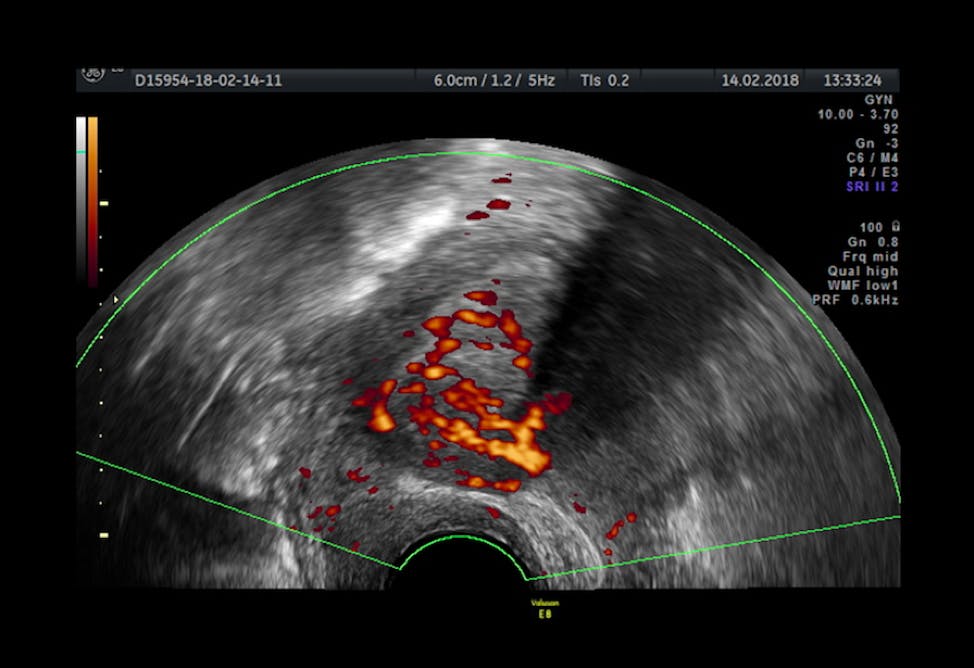Clear communication is key to avoiding misunderstandings. This may be especially true when two medical terms appear similar to those without medical expertise. Consider endometriosis vs. endometrial cancer. They are two very different conditions — or are they? Over the years, some patients and medical professionals have wondered.
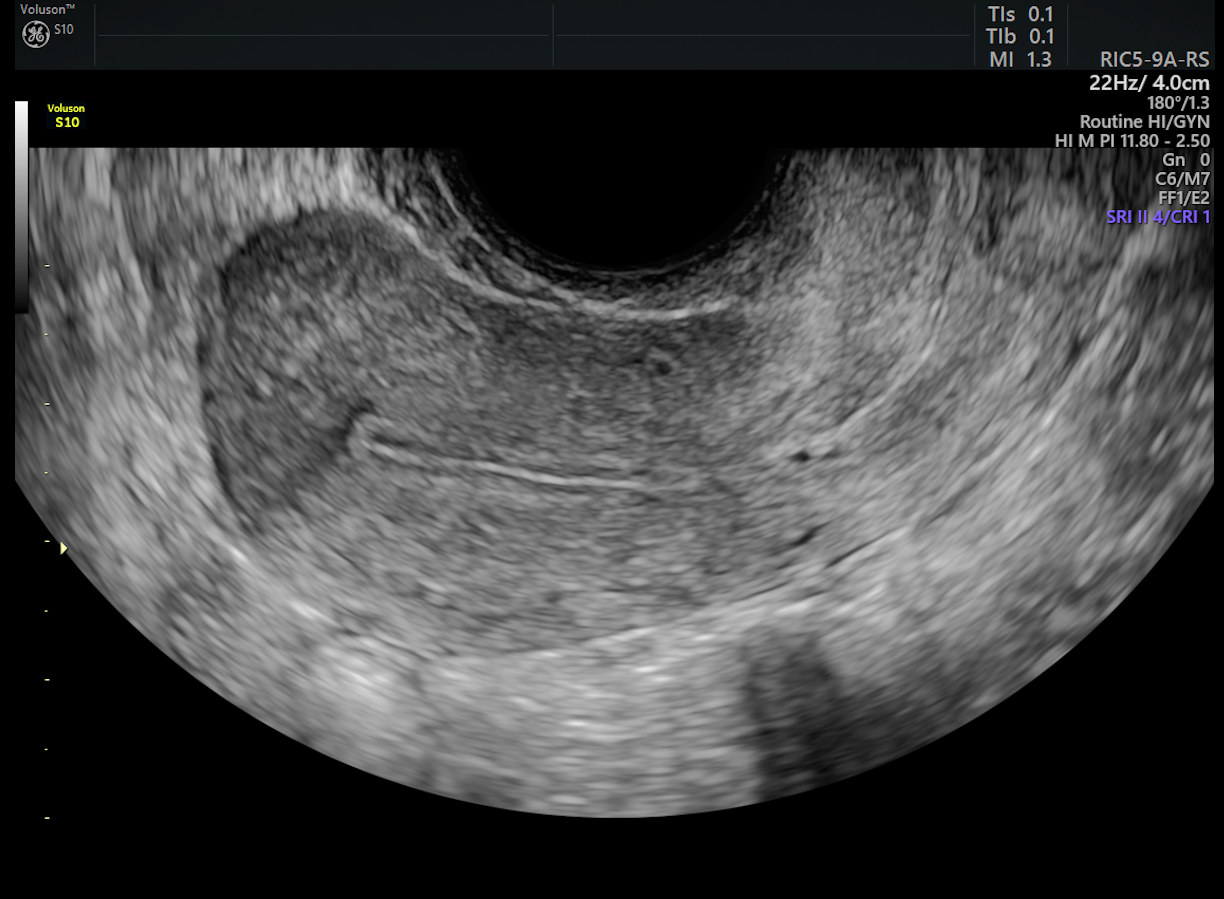
Normal UT3
In the past, scientists have studied endometrial cancer and endometriosis as distinctly different disorders of the endometrium. More recently, researchers have started to ask how these two disorders are similar. What do they have in common? Is it possible that there are connections between them?
Here is some information to help you and your patients understand the current research regarding the relationship between these two conditions.
What Do Endometriosis & Endometrial Cancer Have in Common?
Though their names sound similar, endometrial cancer is considered a neoplastic process, while endometriosis is a benign condition. Endometriosis, however, has characteristics typically attributed to cancers, including the ability to spread throughout the body and develop its own blood supply (angiogenesis). Both involve endometrial tissue and are influenced by estrogen. Hence, anti-estrogen therapy can be utilized to treat them. Inflammation is a prominent feature of each disease, and abnormal vaginal bleeding is a presenting symptom for both.
How Are Endometriosis & Endometrial Cancer Different?
On the other hand, there are interesting differences. Age at time of diagnosis typically falls at opposite ends of a patient's biological spectrum. Endometrial cancer is diagnosed more commonly after menopause, while endometriosis is typically diagnosed earlier, often during childbearing years. Endometrial cancer, especially Type II and advanced stages of Type I, is life-threatening. While endometriosis can have debilitating consequences, it is rarely fatal.
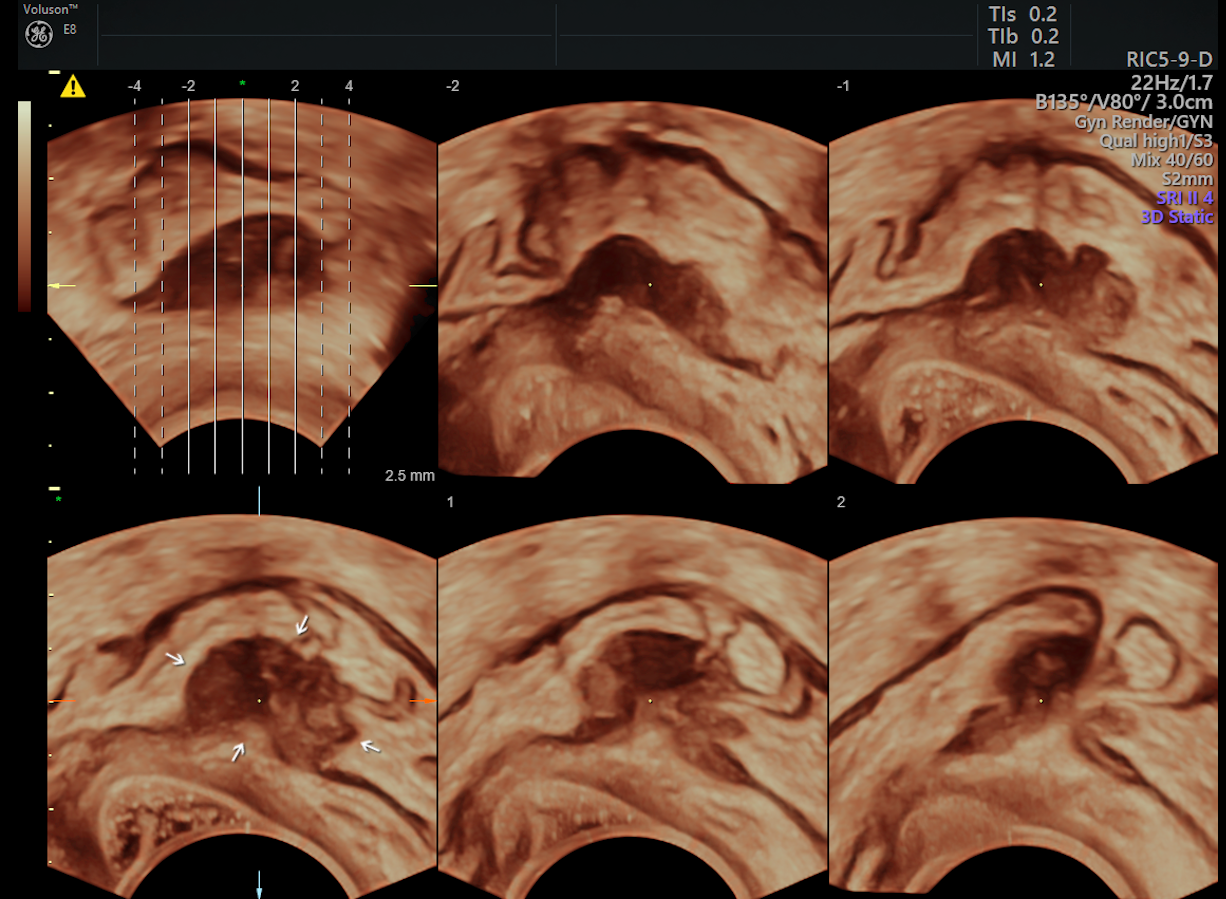
DIE Bowel
Are These Conditions Genetic?
Both disorders appear to have a genetic component. According to the Society of Gynecologic Oncology, endometrial cancer manifesting in women under age 50 can be the sentinel cancer for Lynch Syndrome, an autosomal dominant genetic disorder. Yet less than 5 percent of all endometrial cancers are thought to be due to genetic disease. Other associated risk factors for endometrial cancer include tamoxifen therapy, unopposed estrogen and nulliparity. Endometriosis is believed to have a polygenic inheritance with the more aggressive, deeply infiltrating endometriosis that typically presents in patients with a family history of endometriosis.
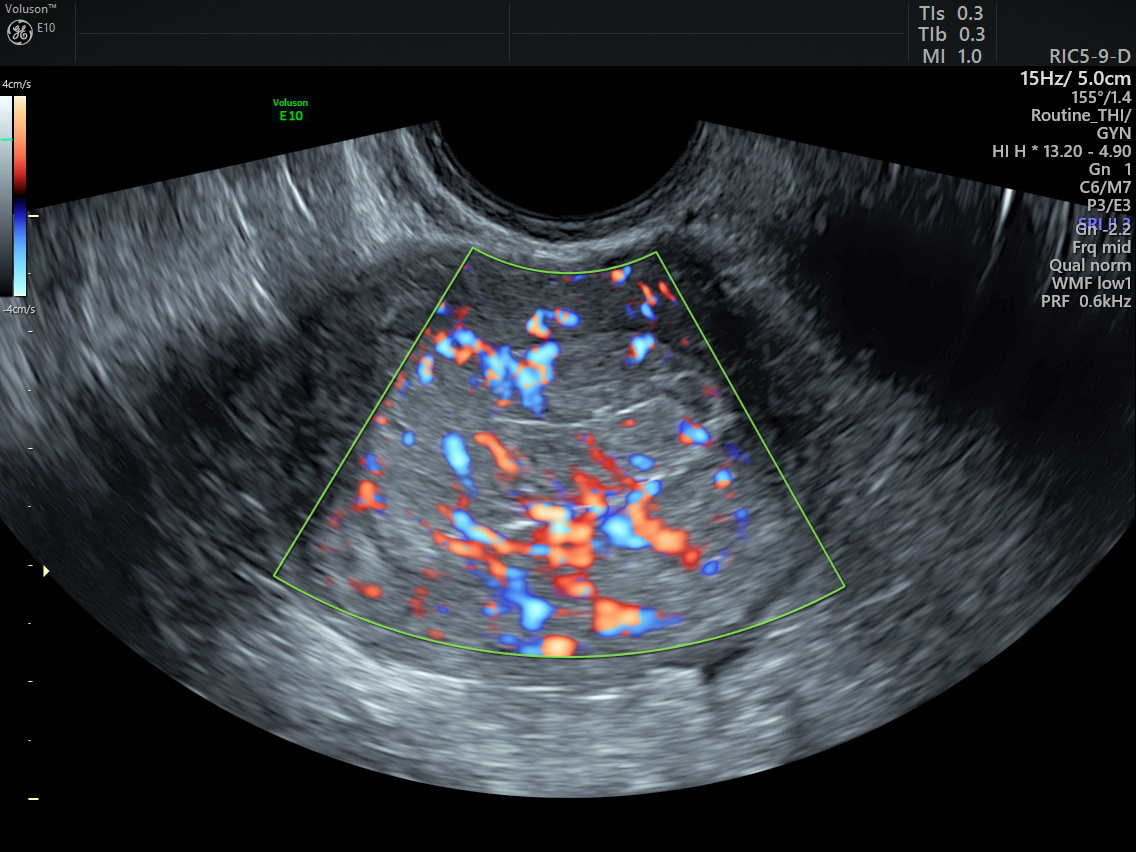
endo CA
How Common Are These Conditions?
According to the Centers for Disease Control and Prevention, uterine cancer — including endometrial cancer — is the most common gynecologic cancer in the developing world, and its incidence has risen. Per data from 2013-15, the National Institutes of Health estimates 2.9 percent of women will be diagnosed with uterine cancer, most commonly after menopause. The current estimate for the prevalence of endometriosis is approximately 10 to 20 percent of premenopausal woman, though this estimate may be too low given that a surgical procedure is required to definitively diagnose the condition.
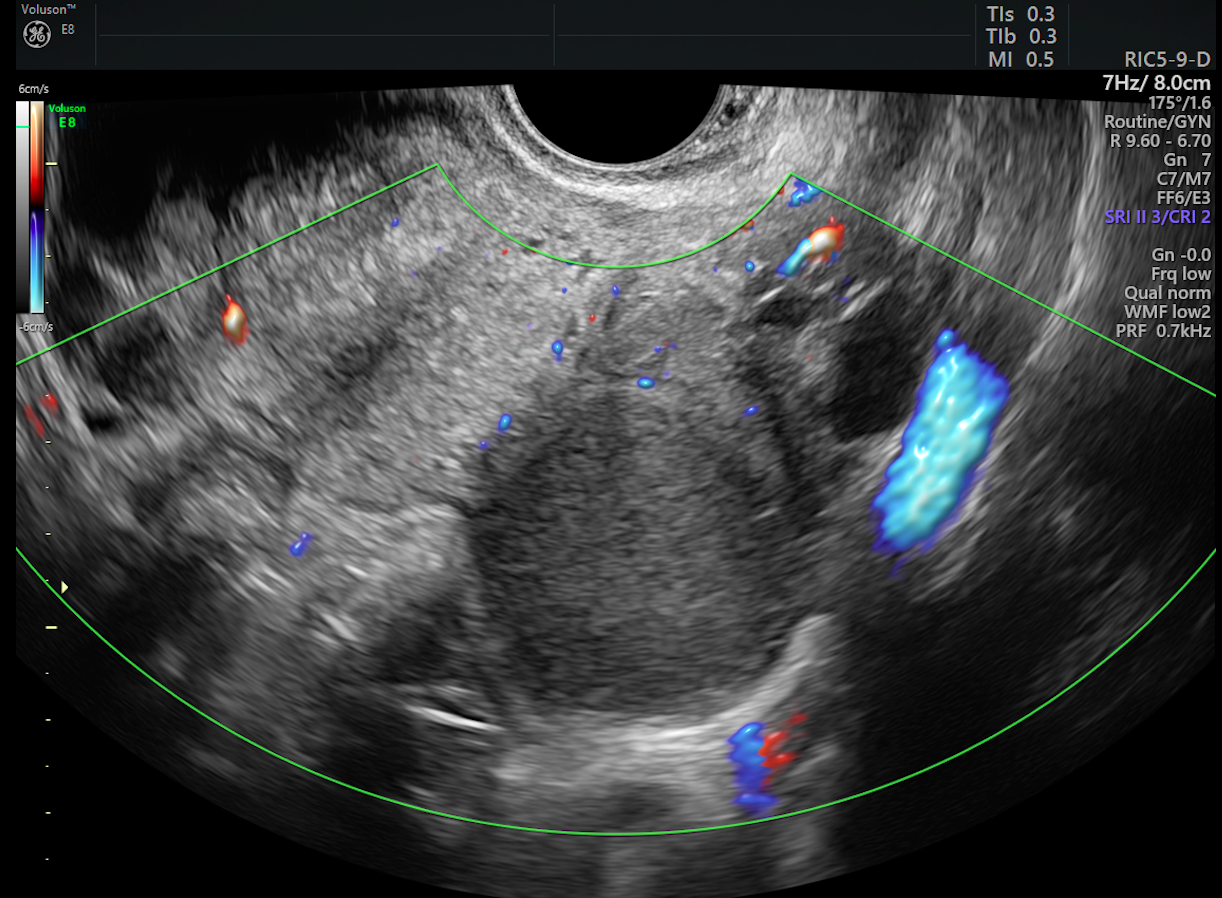
Endometrioma on Ovary
Is There an Endometriosis Cancer Risk?
More than a decade ago, medical literature suggested that some low-grade ovarian cancers — especially clear cell and endometrioid ovarian cancers — were associated with endometriosis. Endometriosis-associated ovarian cancers differed from other ovarian cancers in several ways. They tended to be lower stage at diagnosis, be lower grade and have better survival rates. Additional studies have confirmed the link between endometriosis and the development of these ovarian cancers. Current thinking is that two different types of ovarian cancer exist, based on their origin and biological behavior. Type I is generally low-grade and can be associated with preexisting endometriosis. Type II appears to develop from precursors that originate in the fallopian tube.
Because endometrioid ovarian cancers share many molecular characteristics with endometrial cancer, including certain mutations, the question then became whether or not endometriosis has an influence or impact on the development of endometrial cancer as well.
Can Endometrial Cancer and Endometriosis Occur Together?
Previously, smaller retrospective studies suggested that there might be an association between endometriosis and endometrial cancer, a large prospective cohort study published just over a year ago arrived at a different conclusion. The study, published in Cancer Causes & Control, was designed to examine the relationship between endometriosis and risk of ovarian and endometrial cancer in U.S. nurses. The study evaluated questionnaires of a large sample size over the course of 18 years and involved participants in the Nurses' Health Study II. Questionnaires were updated every two years and included questions regarding the diagnosis of endometriosis, and cases and deaths from ovarian and endometrial cancer were reviewed by a gynecologic pathologist to confirm diagnosis. Interestingly, while the study reaffirmed the association with ovarian cancer, it found that endometriosis was not strongly linked to endometrial cancer. The study concluded that the pathways for the development of ovarian cancers and endometrial cancer are different. Verification studies were recommended.
Seeking New Conclusions
When comparing endometriosis vs. endometrial cancer, additional investigation is needed to decipher the causes of both. Current thinking is that while endometriosis may not be carcinogenic in itself, it may be catalytic or a precursor lesion in the development of some ovarian cancers by virtue of the inflammatory environment it creates. Clinicians need to be aware of the potential link between endometriosis and cancer, specifically Type I ovarian cancers, in order to plan for appropriate counseling and follow-up. On the other hand, although endometriosis and endometrial cancer share similarities, doctors can reassure patients with endometriosis that the current evidence does not support an increased risk of developing endometrial cancer.
These new findings can lead to better diagnostic testing, treatment and eventually prevention. It is important to stay informed as more information becomes available about these gynecologic conditions.
